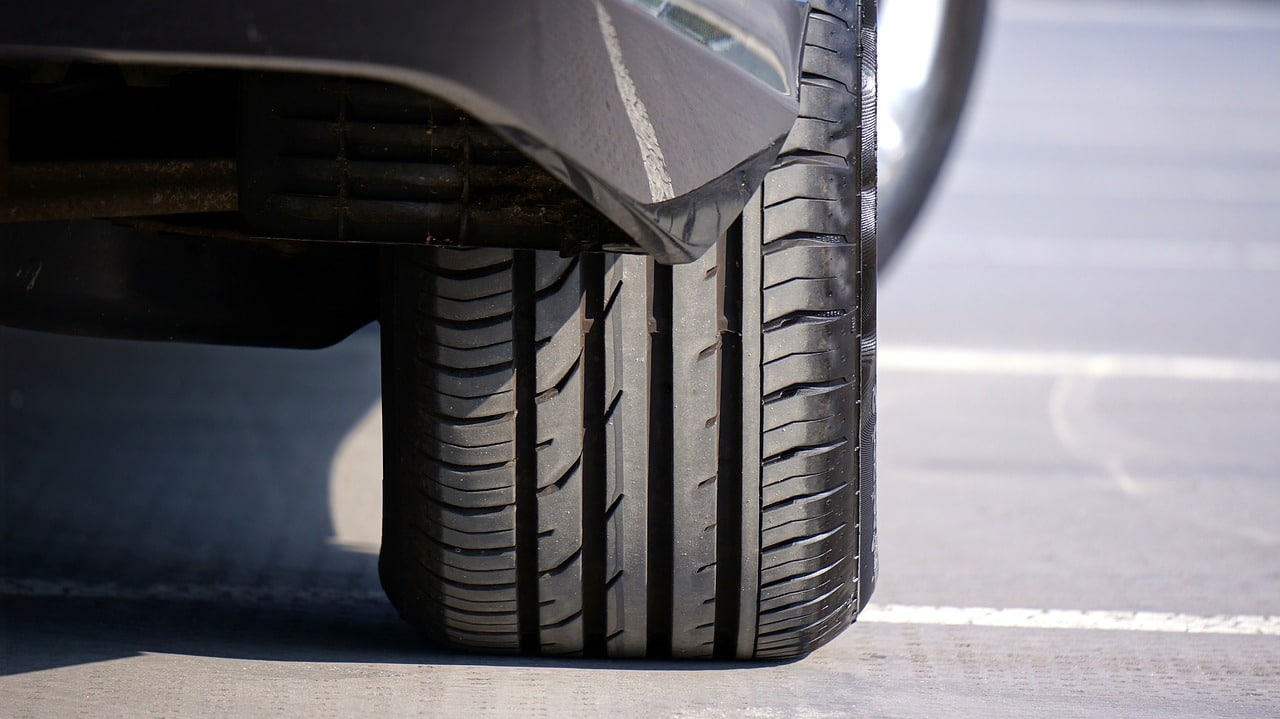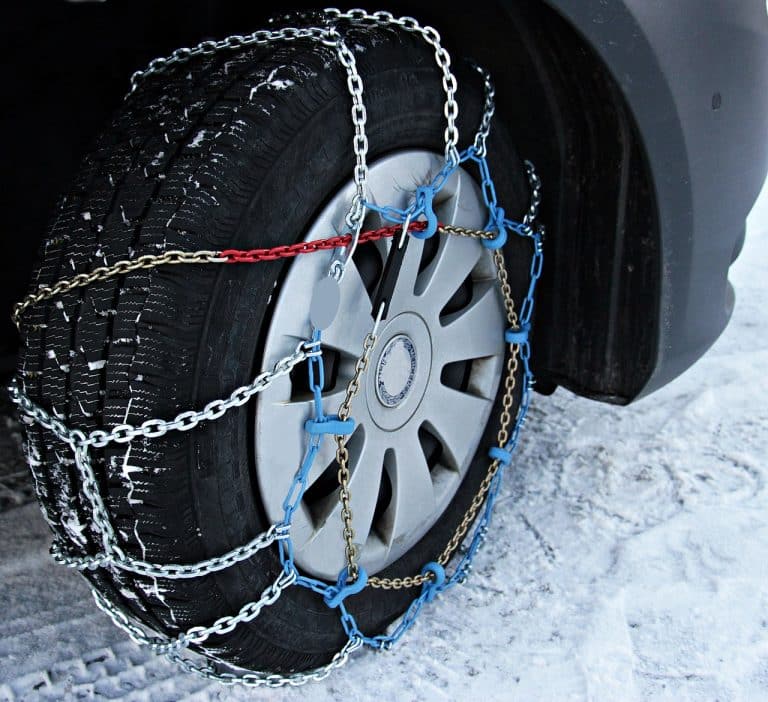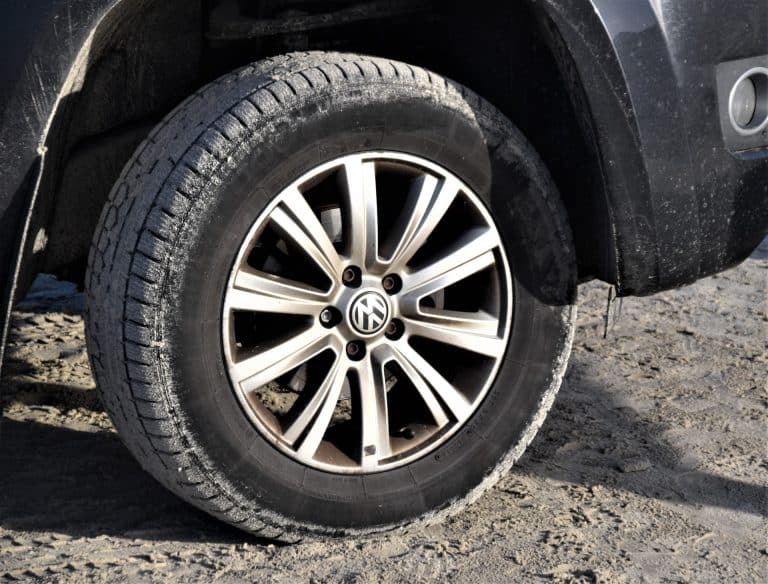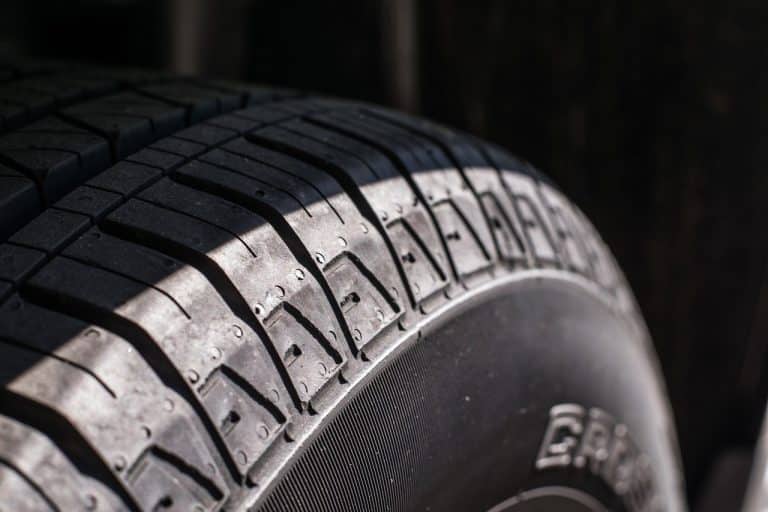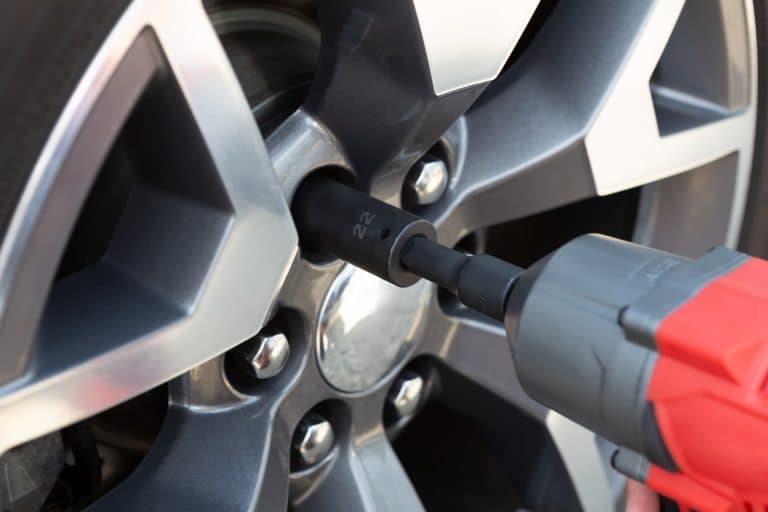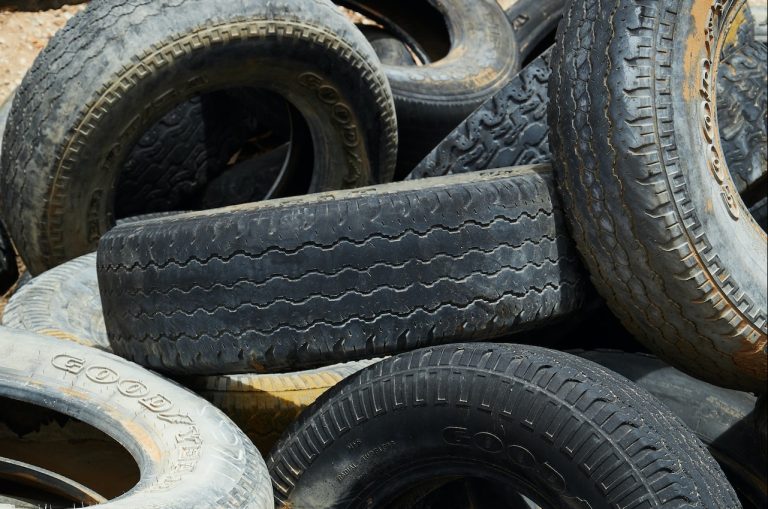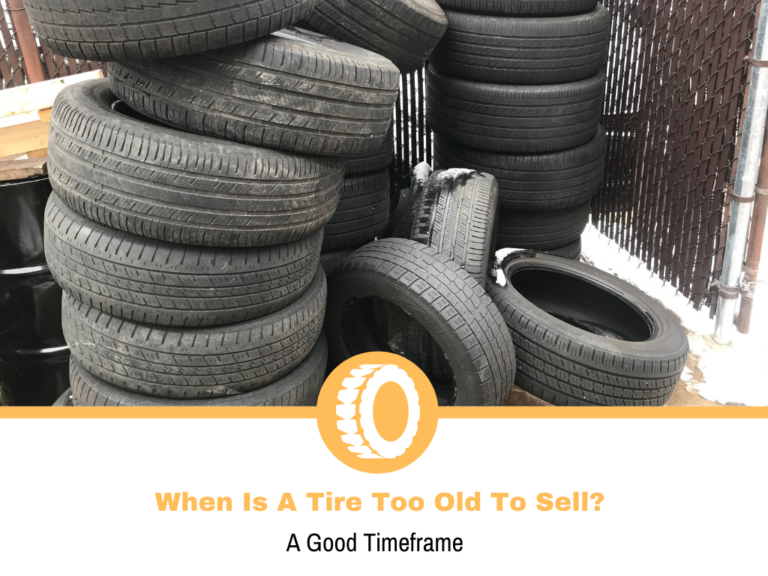How to Stop Tires from Rubbing
Tire rubs are not only an eyesore when you look at their edges being scraped off by fender wells. These nuisances are also extremely dangerous if not addressed right away, as they will result in a blowout if too much tread has been exposed.
To stop tires from rubbing, first, you must diagnose what’s causing them. If the tire rubs occur when you change or modify anything on the wheels, then a fender roll should be done to increase wheel offset, allowing more space between the fender and the tires. On the other hand, faulty suspension components, such as shocks or bushings are more likely the cause, and you should have them replaced.
Whether you’ve upgraded your tires or wheels, replaced them with an OEM, or your vehicle is already aging and showing signs of impending repairs, the root cause of tire rubs can be easily diagnosed, and can even be resolved at the comfort of your garage.
What Are Tire Rubs?
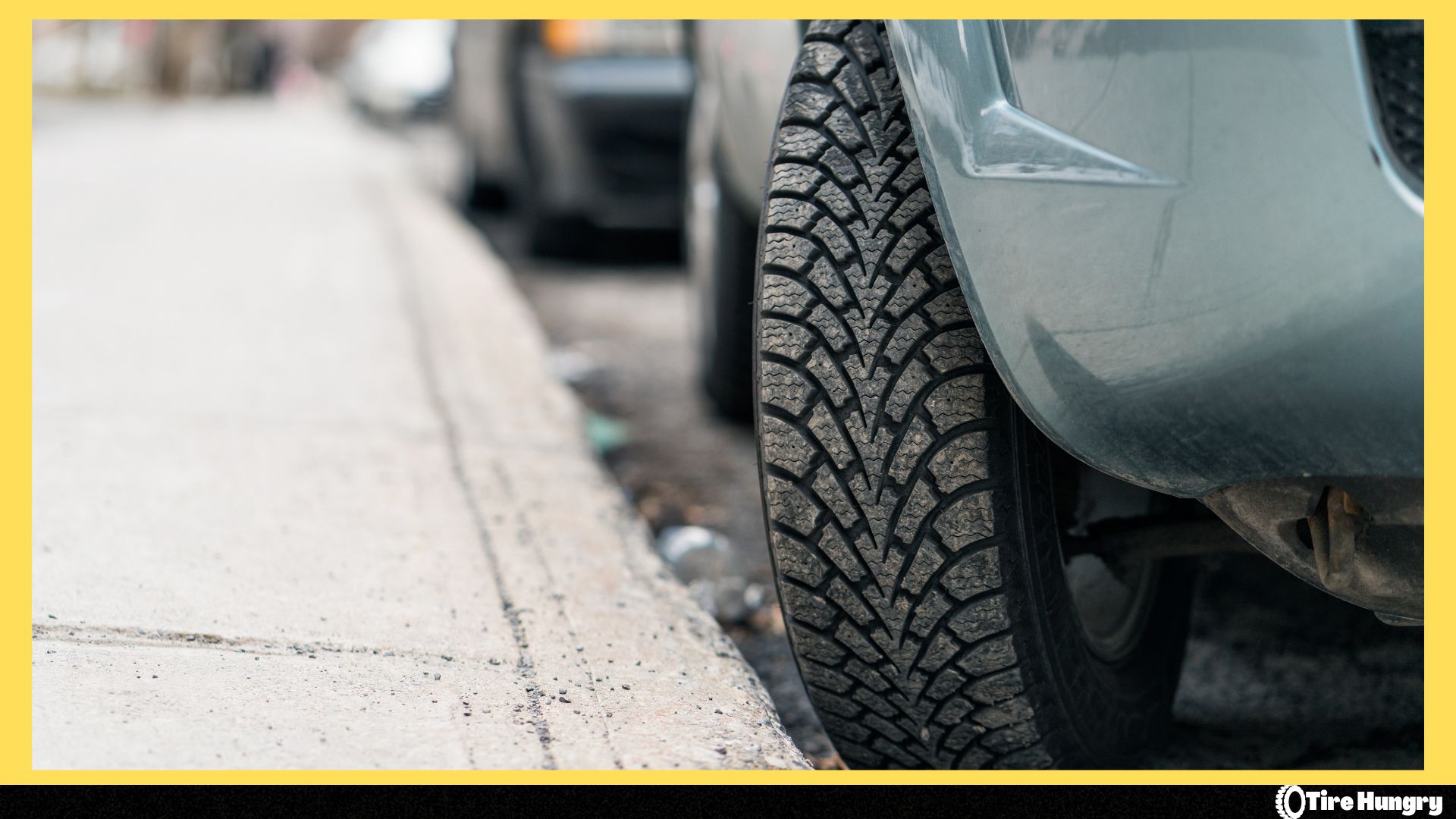
Tire rubs occur when a tire hits a component on the underneath of your vehicle or when there is not enough clearance between the tires and the wheel arch. Tire rubbing is extremely dangerous and can lead to a tire blowout, as it causes your wheel to crash with the wheel well whenever you hit a bump in the road.
Causes of Tire Rubbing
Tire rubs or any damages occurring on the edge of the tread have something to do with any changes done within the wheel wells. These problems occur when installing bigger tires or a change in wheel offset. Some other causes include putting wheel spacers, or in some cases, replacing new tires with the same specifications can also end up with tire rubs.
Installing bigger tires
A common modification for a variety of vehicles is to increase the size of the wheels and tires. Without adequate clearance, your tire will shove against the wheel well, and you will definitely experience these whenever you hit a pothole or are steering too hard.
Change in wheel offset
When replacing wheels, one of the most difficult things to get right is wheel offset. This is the distance between the surface of the wheel and the centerline of the tire. Tire rubbing will happen if the wheel offset does not match.
Wheel spacers
Style and performance are the most common reasons for wheel spacers. Interior clearance is being gained by moving the wheel and tire assembly outward from the hub, but rubbing on the vehicle fender and/or wheel well liner will happen. Spacers will reduce the offset even further and push the wheel outside the fender, resulting in even more rubbing.
New, OE replacement tires
Even though you’re following the exact specifications required by the manufacturer, chances are, you’ll still end up rubbing them at the fender wells. This is because the original wheel and tire gaps are very limited to start with, and even a slight difference in the tire design (e.g. shoulder construction, tread pattern) can increase the overall profile of the wheel.
Since the wheel clearance has a very slim tolerance, to begin with, even the slightest difference in tire dimensions can cause tire rubs especially on certain steering angles or driving conditions.
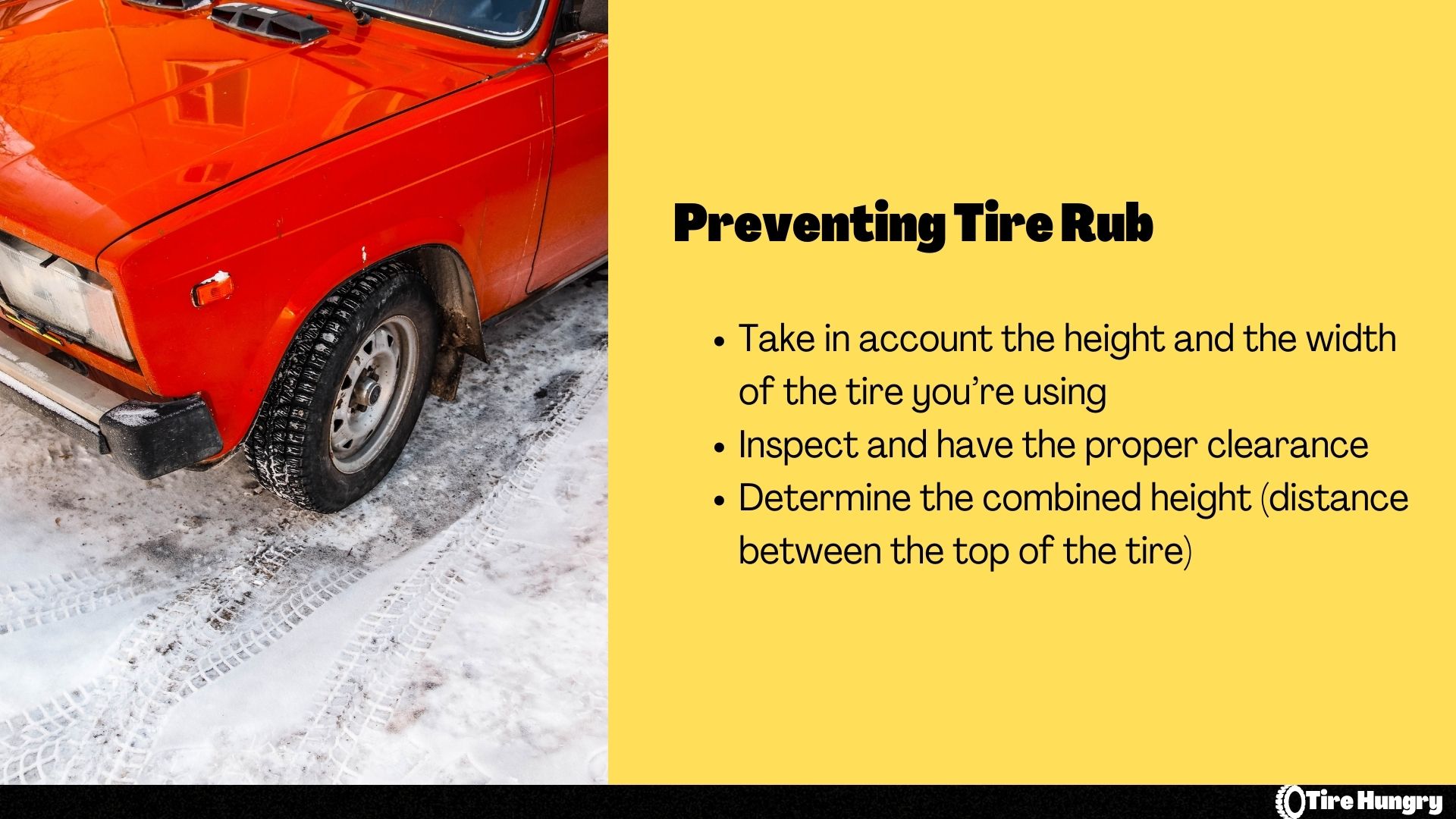
Tire rubbing with no tire or wheel changes
There will be instances that the causes were coming from the issues on the suspension system itself. A skilled mechanic will be able to quickly identify and diagnose malfunctioned suspension components. If your vehicle is getting old or has a lot of miles on it and still has all of its original suspension components, look into this area as a possible source of tire rubbing.
Suspension component issues
If you notice tire rubbing when driving over bumps or taking corners where weight transfer compresses one side of the vehicle’s suspension, you have faulty suspension components.
Shocks can fail over time, springs lose elasticity, and bushings and shock mounts wear. As a result, the suspension or damping capacity sags and is no longer capable of handling road bumps or vehicle load transfers.
Extreme misalignment
An alignment issue is also caused by a vehicle being out of alignment with its caster angle, or if the caster angle is significantly out of specification, this can be a source of tire rubbing.
Alignment problems are most commonly associated with uneven tire wear, but in severe instances, they also result in tire damage.
How To Check for Any Signs of Tire Rubbing
To accurately assess your tires from any fender rub, first, make sure that you are on level ground. Then pull the handbrake and set the gears on ‘Park’. If necessary, use a flashlight to inspect the wheel well for any areas where the tire is making contact. The contact point between the wheel well liner and the tire is the part that sticks out like a sore thumb. Identifying the location of the rubbing can help you and your mechanic determine the causes and provide appropriate resolution.
How To Stop Tires from Rubbing
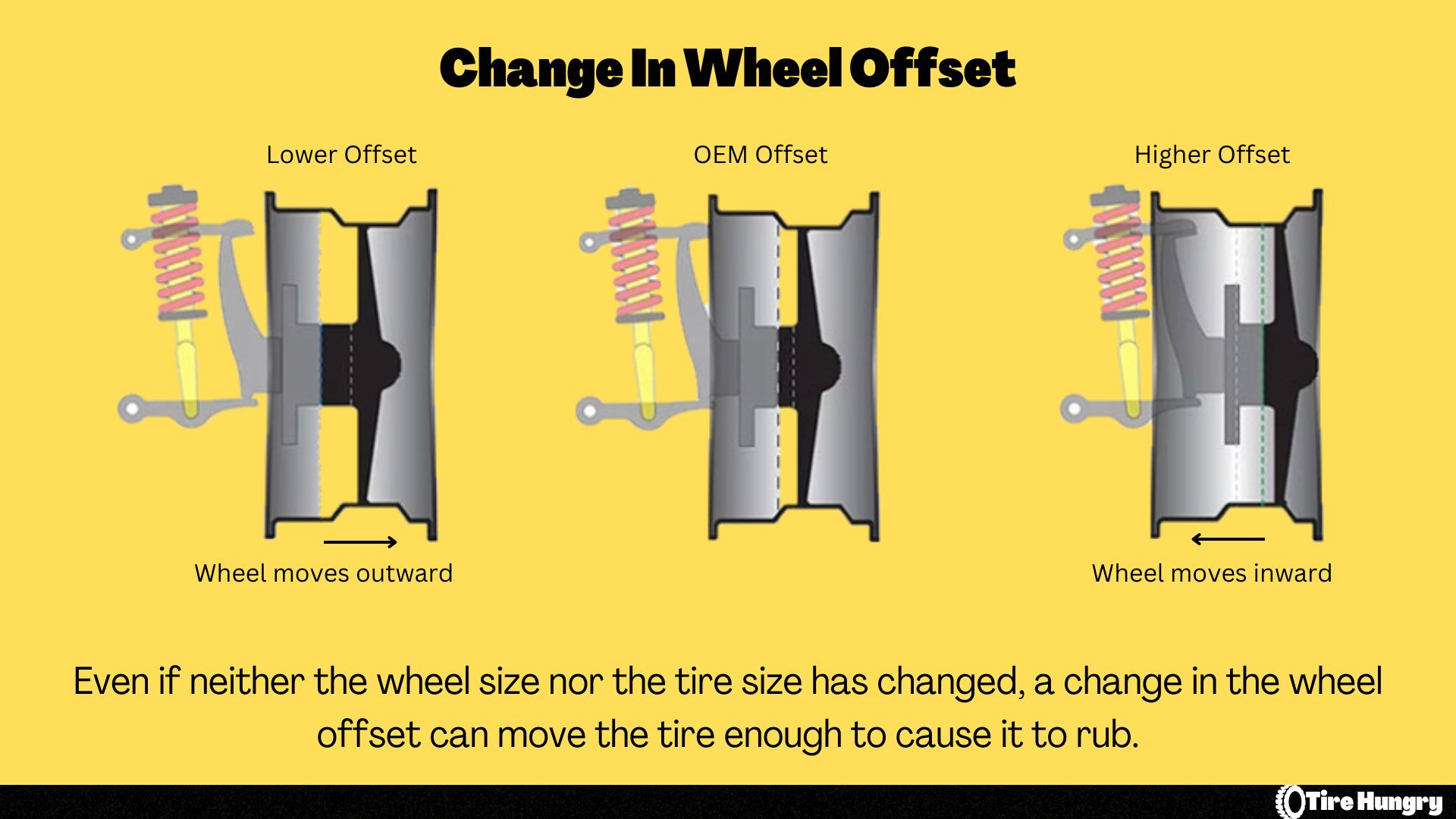
As with any repair procedure, a proper diagnosis must be done first to accurately pinpoint what’s causing the problem. It is also important to always have the proper tools at hand to prevent further damage when assessing or repairing the problem.
Part 1: What you will use
- Wheel-arch reforming tool
- Spare lug nuts
- Flashlight
- Heat gun
- Jack, jack stands, and wheel chocks
- Lots of time
Part 2: Before you proceed
Know that this process is non-reversible
The process of adjusting your wheel well to make way for the newly installed tires is very difficult to reverse. Make sure of the proper fender rolling procedure and check other alternatives first before concluding on this process.
Clean the wheel wells
The fender wells must first be free from any accumulated dirt and mud to ensure accurate measurements.
Check if the shocks aren’t dead
You might not even need a fender roll but new shocks instead.
Part 3: Repair Process
Park on a flat surface
Lift the vehicle with a jack and remove the wheel beneath the first fender to be rolled. Since the hub must remain at a level similar to when the tire is on, use a jack stand to support the lower suspension arm. If necessary, remove any fender liner.
Attach the wheel-arch reforming tool
Heat the fender first to prevent paint cracking. Then tighten and secure the lug nuts with the same torque as when attaching the wheel. If you attempt an extreme roll right away, it will cause the paint to form bubbles.
Roll the fender gradually
Finally start by applying heat to each corner of your vehicle and gradually rolling it in, beginning at the top and ending at the bottom. Pay close attention and continue to adjust the angle in the slightest way possible. If more clearance is required, push in slowly. Repeat at each corner and you’ll have more breathing space for your tires, free from fender rubs.
Risk of Tire Rubbing
In most all cases of tire rubbing, wheel well liner damage is the most serious issue. Some enthusiasts accept this as a necessary measure in exchange for larger wheels and tires. More serious concerns revolve around the contact of suspension and steering components. Tire rubbing can sometimes be remedied with a simple alignment or suspension component replacement. But first, you must have complete information and check before jumping to any processes to handle the tire rubbing problem.
Conclusion
The most common causes for tire rubs came from self-inflicted modifications and upgrades, deviating from the wheel’s original design and specification. However, there will be cases when the reason also boils down to faulty or aging suspension parts and components. Regardless of the causes, a proper mechanical diagnosis must be done in order to accurately solve the concern.
